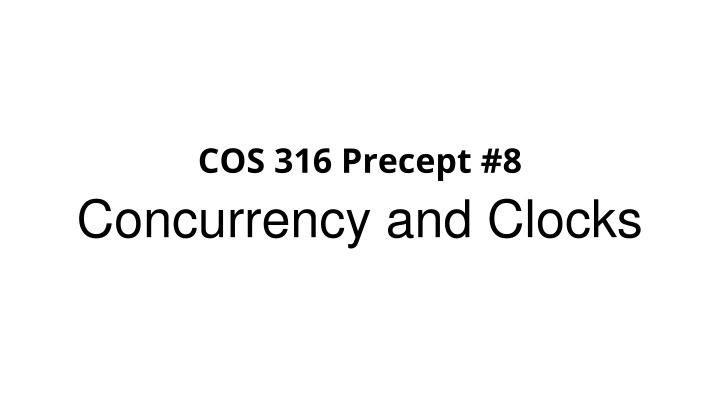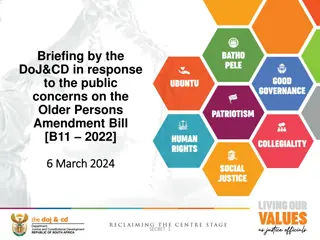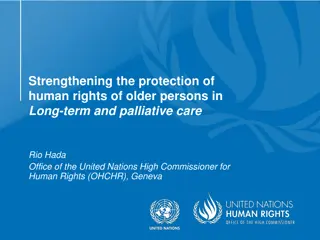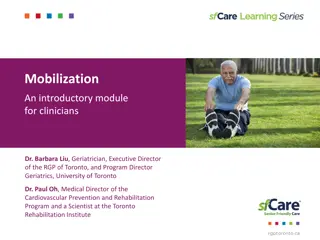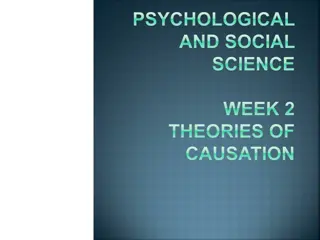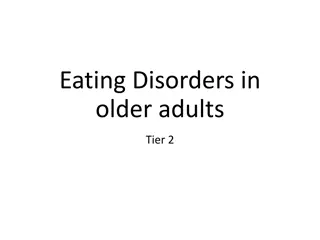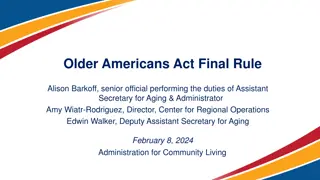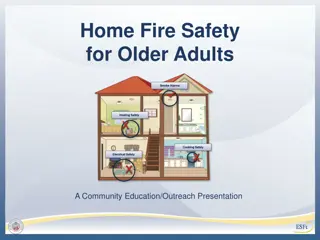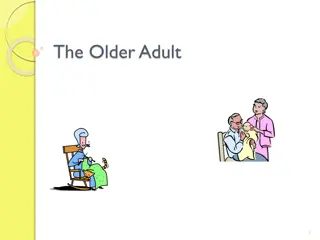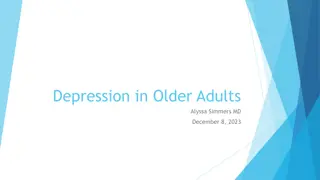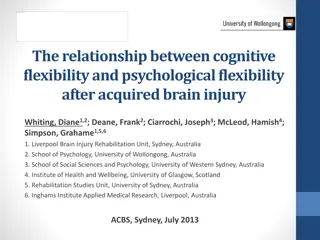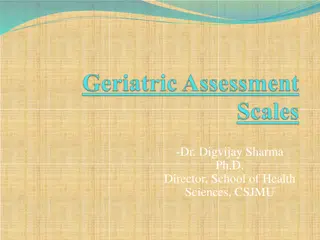Meeting Psychological Needs of Older People Who Have Fallen
Addressing psychological needs in older individuals who have experienced falls is crucial for their well-being and quality of life. This involves identifying and managing the fear of falling, supporting confidence building, and enhancing life satisfaction. Understanding autonomy, competence, relatedness, and values such as family relations, social relationships, and physical well-being are essential aspects to consider.
Download Presentation

Please find below an Image/Link to download the presentation.
The content on the website is provided AS IS for your information and personal use only. It may not be sold, licensed, or shared on other websites without obtaining consent from the author.If you encounter any issues during the download, it is possible that the publisher has removed the file from their server.
You are allowed to download the files provided on this website for personal or commercial use, subject to the condition that they are used lawfully. All files are the property of their respective owners.
The content on the website is provided AS IS for your information and personal use only. It may not be sold, licensed, or shared on other websites without obtaining consent from the author.
E N D
Presentation Transcript
COS 316 Precept #8 Concurrency and Clocks
Staying Synchronized On a single machine, its wall clock is sufficient Matches intuition In a distributed setting, each machine s clock may differ from the other machines There is no longer an objective time Need some other mechanism to order events
Lamport Clocks Provide a way to totally order events (when used with some tie- breaking mechanism) LC(A) < LC(B) => B -/-> A
Lamport Clock Algorithm 1. Before executing an event b, Ci = Ci + 1: 2. Set event time C(b) Ci 3. Send the local clock in the message m 4. On process Pj receiving a message m: 5. Set Cj and receive event time C(c) 1 + max{ Cj, C(m) }
Totally-Ordered Multicast Goal: All sites apply updates in (same) Lamport clock order Client sends update to one replica site j Replica assigns it Lamport timestamp Cj . j Key idea: Place events into a sorted local queue Sorted by increasing Lamport timestamps
Totally-Ordered Multicast (Incorrect) 1. On receiving an update from client, broadcast to others (including yourself) 2. On receiving an update from replica: a. Add it to your local queue b. Broadcast an acknowledgement message to every replica (including yourself) 3. On receiving an acknowledgement: a. Mark corresponding update acknowledged in your queue 4. Remove and process updates everyone has ack ed from head of queue
Totally-Ordered Multicast (Correct) 1. On receiving an update from client, broadcast to others (including yourself) 2. On receiving an update from replica: a. Add it to your local queue b. Broadcast an acknowledgement message to every replica (including yourself) only from the head of the queue 3. On receiving an acknowledgement: a. Mark corresponding update acknowledged in your queue 4. Remove and process updates everyone has ack ed from head of queue
